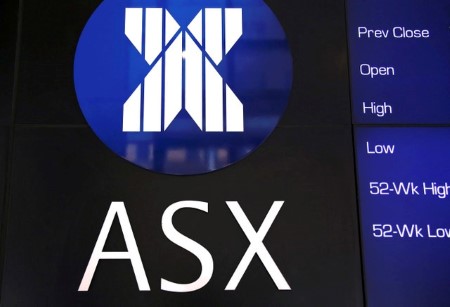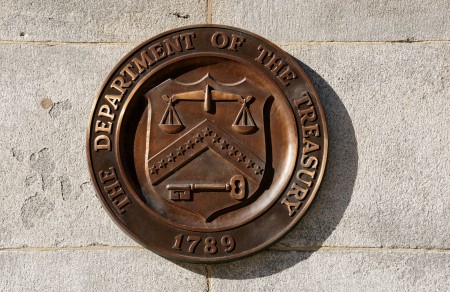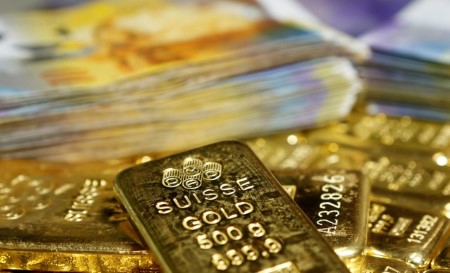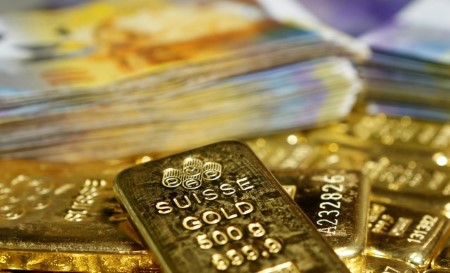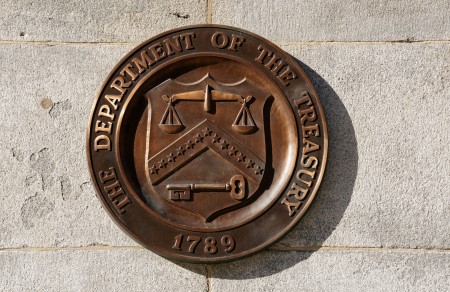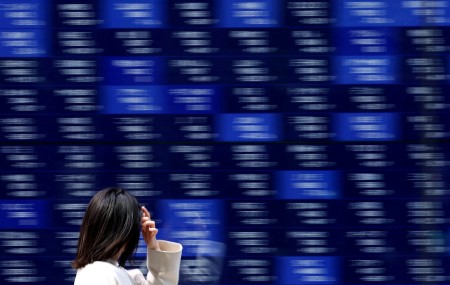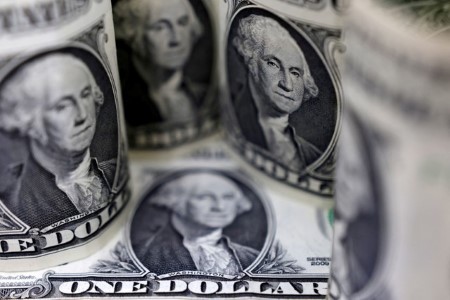Australian shares rose on Tuesday, driven by BHP after the iron ore miner struck an upbeat note on global demand outlook and as investors snapped up rare earths and critical minerals stocks after the country signed a supply deal with the US
The S&P/ASX 200 index climbed 0.5% to 9,075.70 by 2351 GMT. The benchmark closed 0.4% higher on Monday.
Shares of BHP rose 2.3% after the company said that “macro-economic signals for commodity demand remain resilient”, even though it posted a 2% drop in quarterly iron ore production from its Western Australia mine operations on a 100% basis.
This helped the mining sub-index rise 2.3% to notch a record high, despite an overnight slump in iron ore futures on downbeat China data.
Rio Tinto rose 1.8%, while Fortescue, which is scheduled to release its first-quarter production results on Thursday, climbed 0.9%.
Overnight, US President Donald Trump and Australian Prime Minister Anthony Albanese signed a critical minerals agreement to counter China’s supply control, sending shares of Australian rare earths and critical minerals firms soaring in opening deals on Tuesday.
Australian Strategic Materials, Northern Minerals, Australian Rare Earths, Arafura Rare Earths, and Latrobe Magnesium rose between 12% and 23%.
Gold stocks rose 2.4% after bullion prices closed higher on Monday on expectations of further US interest rate cuts and sustained safe-haven demand.
Northern Star Resources added 1.4%, while Evolution Mining rose 4.7%.
Among individual stocks, South32 jumped 3.2% after posting a significant jump in its first-quarter manganese output.
Meanwhile, banks slipped 0.3%, with three of the “Big Four” banks declining between 0.3% and 0.8%.
In New Zealand, the benchmark S&P/NZX 50 index fell 0.2% to 13,318.41.
(Reporting by Sneha Kumar in Bengaluru; Editing by Subhranshu Sahu)







 DOWNLOAD
DOWNLOAD




